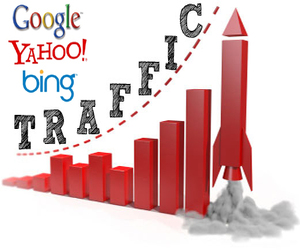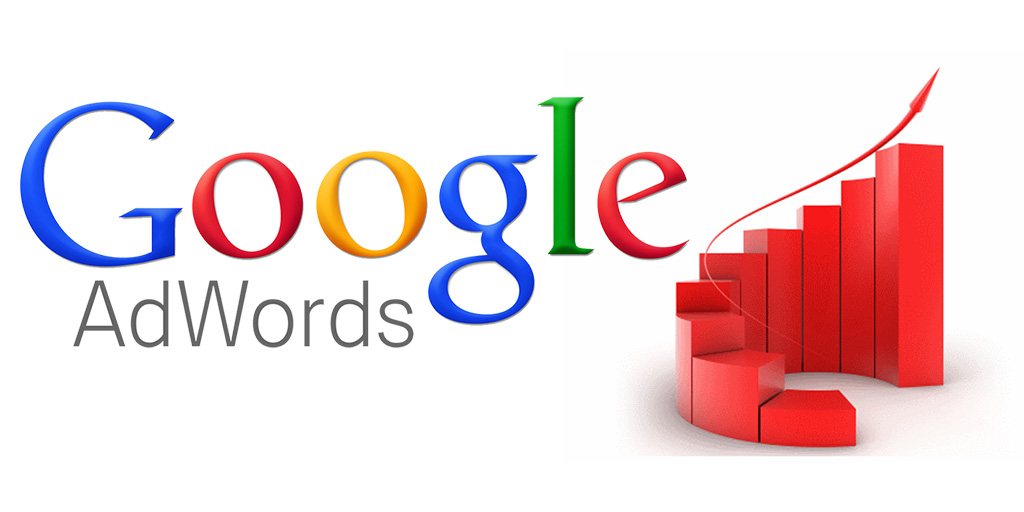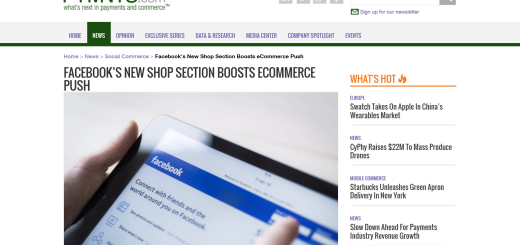How Do You Get Your Online Traffic?
If you’re an online e-commerce business owner, you need to understand how to get online traffic. The four sources of online traffic are Direct, Organic, Non-Organic, and Paid.
Direct Traffic
Direct traffic is one of the most common sources of visits to your website. Direct traffic is defined as visits with no referring website. As the example below demonstrates, direct traffic comes from people typing in the exact name of the website – the URL – directly into the browser (.com included).
Direct traffic categorizes visits that do not come from a referring URL or search engine. However, if it comes from a bookmark saved in your browser, it is still considered direct traffic.
Organic Traffic
When people hear organic/non-organic, they most likely envision the produce section at their local supermarket. Society has become not only aware but educated on the differences between the two and how they affect their personal lives. Although the familiarity with these produce options has grown significantly, many business owners are completely in the dark when it comes to organic vs. non-organic online traffic.
 Organic traffic is what most marketers strive to increase. This traffic is defined as visitors coming from a search engine, such as Google or Bing.
Organic traffic is what most marketers strive to increase. This traffic is defined as visitors coming from a search engine, such as Google or Bing.
It deals directly with search engine optimization (SEO). The better you are ranking for competitive keywords, the more organic traffic will result. Websites that write and submit blog posts consistently will see a steady increase in organic search traffic and improved positioning in the search results. These blogs can be tied directly to the primary site or they can come from other article/press release distribution sites with links back to the primary site. If Google, for example, uses the articles to rank you on your keywords where people find you and click from the search engine to your website, it’s organic. However, if people find your articles somehow, and click straight from the article or press release, it’s not organic.
Non-Organic Traffic
Visitors referred by links on other websites create non-organic traffic. Referral traffic is one type of non-organic traffic. It comes as a result of links coming into your website from other sites on the Internet (all except search engines). Today, the most common source of non-organic traffic comes from social media. Links from status updates on a Facebook page, LinkedIn, Google+, a Tweet, or any other social networking or social review site are all examples of referral traffic. Like organic traffic, social, non-organic traffic is highly scalable—the more followers you gain, the easier it will be to cultivate even more followers, and eventually you’ll have a torrent of new social visitors on a daily basis. The key is to post updates consistently and to engage your followers as often as possible. Your goal should be to build and engage a community, not just to have a token social presence.
 Like organic traffic, social and non-organic traffic is highly scalable—the more followers you gain, the easier it will be to cultivate even more followers, and eventually you’ll have a torrent of new social visitors on a daily basis. The key is to post updates consistently and to engage your followers as often as possible. Your goal should be to build and engage a community, not just to have a token social presence.
Like organic traffic, social and non-organic traffic is highly scalable—the more followers you gain, the easier it will be to cultivate even more followers, and eventually you’ll have a torrent of new social visitors on a daily basis. The key is to post updates consistently and to engage your followers as often as possible. Your goal should be to build and engage a community, not just to have a token social presence.
When a visitor follows a link from one website to another, the site of origin is considered the referrer. The only time this isn’t the case is when the referred link comes from a source that the business owner paid to bring them to his or her site.
Paid Traffic
This traffic generally refers to traffic coming from paid search engine placement or ads like Google Adwords or Hubspot. However, used in broad strokes, it could refer to any traffic coming from a paid nature, You Tube ads included. Although it might be a little trickier to track , at times, online business owners can pay for traffic from social media sites as well, which would be considered paid instead of non-organic.
Of course, the more traffic you can get to your site through direct, organic and non-organic leads, the better – unless your costs for bringing paid traffic is less than the costs (time, effort and research) than the other types of traffic. Get educated about how to bring in the best traffic (people who are really interested in your brand and/or products), and then do your best to monitor which type of traffic you are getting.




